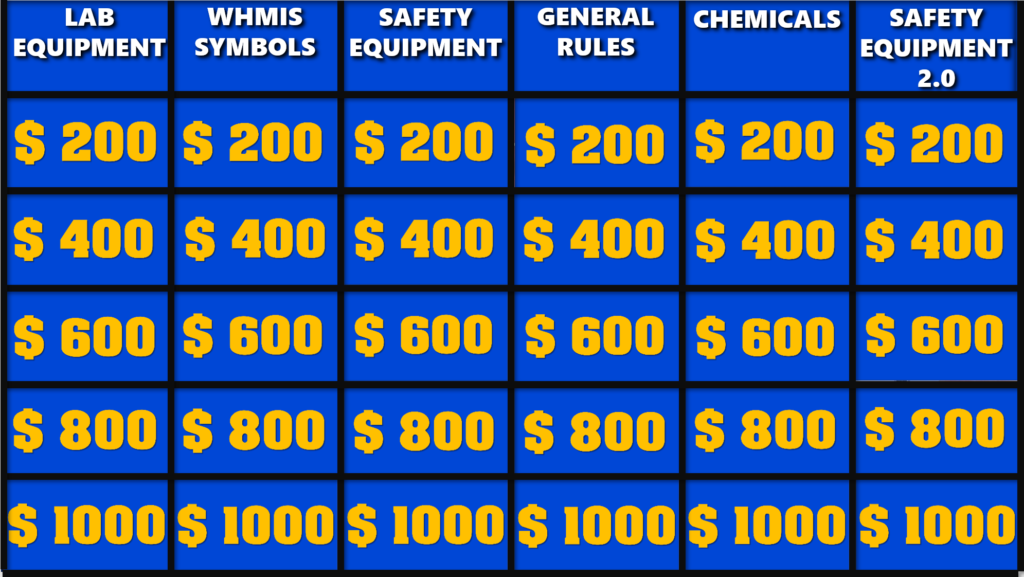My experiences throughout the penultimate 491 practicum have taught me so much about my self and the profession of teaching. At times I felt overwhelmed with the amount of work I had to do to keep up with my planning, preparation, and marking but I had more moments of wholehearted enjoyment and satisfaction to keep me going. The longer 10-week practicum was an excellent opportunity to build relationships with my students on a deeper level than I was able to in my previous practicums. The classroom results I observed from these stronger relationships really drove home for me the importance of building relationships and community in the classroom. Over time I was better able to support student learning when I knew them better by taking directions in my lessons and planning based on student preferences, strengths, and difficulties. I also found that through the last week of this practicum I began to really miss my students and had become very much invested in their learning journey.
After my 491 practicum I have also been missing the relationships that I had the chance to build with other teachers in the school. One goal I had coming into this practicum was to better build my support networks with other teachers in the school and with my fellow UNBC teacher candidates. Through this practicum I felt I not only had a better support network of teachers and friends but was able to build more community with my fellow teachers with reciprocal support and construction of resources that made this practicum more effective in terms of teaching, and more pleasant in terms of support.
On the more technical side, I wanted to continue to improve my skills in assessment, instruction, student engagement, and time management through this practicum and managed to make progress in all these areas. One of the areas I improve most was in my instructional style particularly in math where I was able to much better pace my lessons using assessment for learning techniques and moving through the classroom more often. I was also given ample opportunity and motivation to work on my personal time management skills throughout this practicum and was able to eventually prioritize my use of time in such a way that I was still able to prepare for my lessons and keep up with assessments without significant burnout. Throughout this practicum I also improved my ability to enhance student engagement in learning through building relationships with students and using more engaging learning activities. This is an area that I would like to continue to improve in particular as I think it is extremely important for student learning and so I would like to continue to improve my skills and resources in this area.
All in all, I found my 491 Practicum to be a very encouraging experience through which I was able to hone many of my skills as an emerging educator. I am excited to now be joining the profession and to build new relationships and communities with the students and fellow teachers that I encounter throughout my educational journey going forwards.

